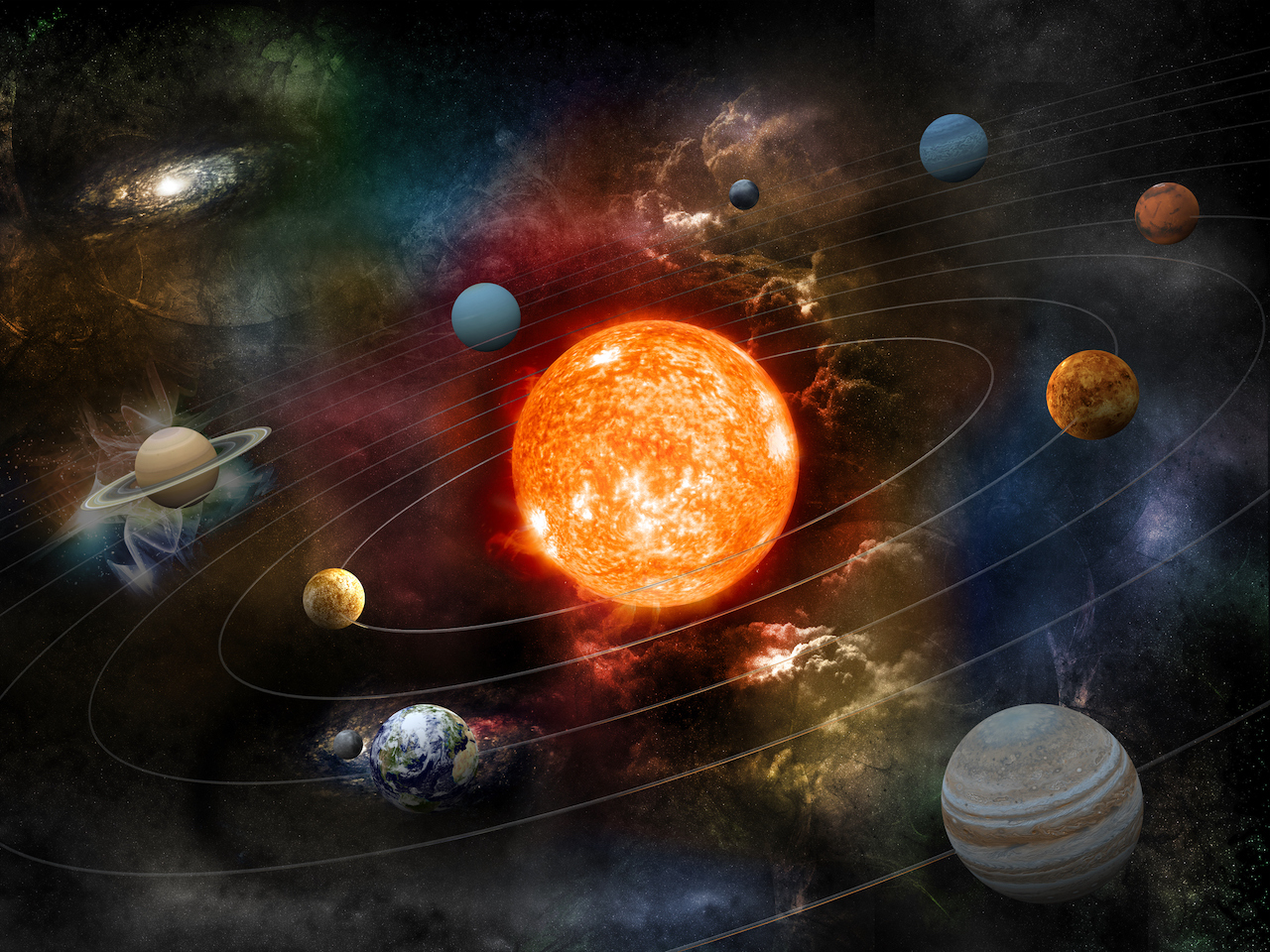Heliocentrism: Definition, origin and model
Before heliocentrism was proposed, Earth was thought to be at the center of the universe.

Following the theory of heliocentrism, today we know that Earth, and the other planets of the solar system, are all in orbit around the sun. However, it was once believed that Earth was at the center of what was thought to be the entire universe, and everything revolved around us– literally. This is now known as the geocentric model, while the heliocentric model puts the sun at the center.
Nicolaus Copernicus proposed the heliocentric model in his work published in 1543, according to NASA Earth Observatory. While the theory of the sun being central was correct, the model in its entirety held many inaccuracies. Because the heliocentric model was initially pieced together without a telescope, all observations had to be made with the naked eye and simple instruments. The positions of planets were predicted largely by observing their position and size against the stars, according to the book The Solar System (Jones & Bartlett Learning , 2010).
Reviving the theory
The Copernican heliocentric model was the first widely accepted idea that the sun was the center of the solar system, rather than Earth. However, Nicolaus Copernicus wasn't the first person to suggest this. As early as a thousand years before that, the 5th century Greek philosophers Philolaus and Hicetas suggested that the Earth could be circling a fiery object, according to the American Philological Association. Greek astronomer Aristarchus of Samos suggested that this object was the sun two centuries later.
Because nobody was able to explain why the stars looked the same despite Earth changing position, the geocentric model became more widely recognised. Egyptian astronomer and mathematician Claudius Ptolemy overcame this problem with a new theory, that the Earth was fixed at the center of the solar system. This theory remained popular for around 1,400 years, which made the revival of the heliocentric model seem like a new concept.
Copernican heliocentrism
What did Nicolaus Copernicus' heliocentric model look like in 1543?
The theory's importance
By answering the question of what was at the center of the solar system, astronomers were able to find the answers to other questions, too. Mercury and Venus' orbits were placed between the sun and Earth, which revealed to astronomers why they appeared so different in size and shape over time, according to Universe Today.
When the planets were on the far side of the sun relative to the position of Earth, these planets were much smaller in the sky. When on one side of the sun, the light hitting the planets gave them a crescent shape.
Almost a century after Copernicus' theory was released, scientists such as Johannes Kepler, Galileo Galilei and Isaac Newton were able to use the heliocentric model to make new findings. According to NASA, Kepler and Newton worked out precise measurements of the planets' movements around the sun, while Galileo used his telescope to prove heliocentrism.
Additional resources
To read more about the heliocentric model, and to learn about retrograde motion, visit this page at the Penn State University College of Earth and Mineral Sciences website. Additionally, you can read about the life of Nicolaus Copernicus at the New World Encyclopedia website.
Bibliography
- "Planetary Motion: The History of an Idea That Launched the Scientific Revolution". NASA, Earth Observatory (2009).
- "The Solar System" (Jones & Bartlett Learning , 2010).
- "The Greek Heliocentric Theory and Its Abandonment". Transactions and Proceedings of the American Philological Association (1945).
- "Historical Figures". Western Washington University (2022).
- "What is the heliocentric model of the universe?". Universe Today (2016).
Join our Space Forums to keep talking space on the latest missions, night sky and more! And if you have a news tip, correction or comment, let us know at: community@space.com.
Get the Space.com Newsletter
Breaking space news, the latest updates on rocket launches, skywatching events and more!
Ailsa is a staff writer for How It Works magazine, where she writes science, technology, space, history and environment features. Based in the U.K., she graduated from the University of Stirling with a BA (Hons) journalism degree. Previously, Ailsa has written for Cardiff Times magazine, Psychology Now and numerous science bookazines.










